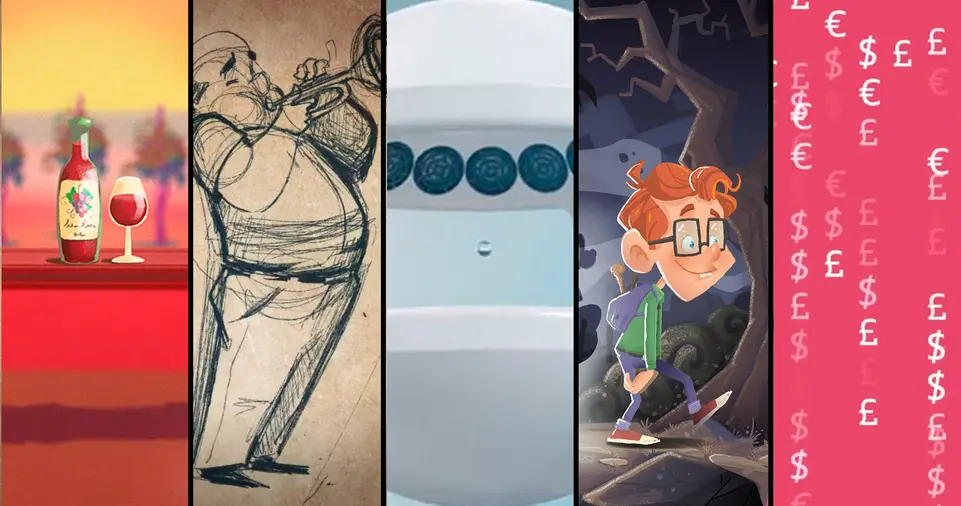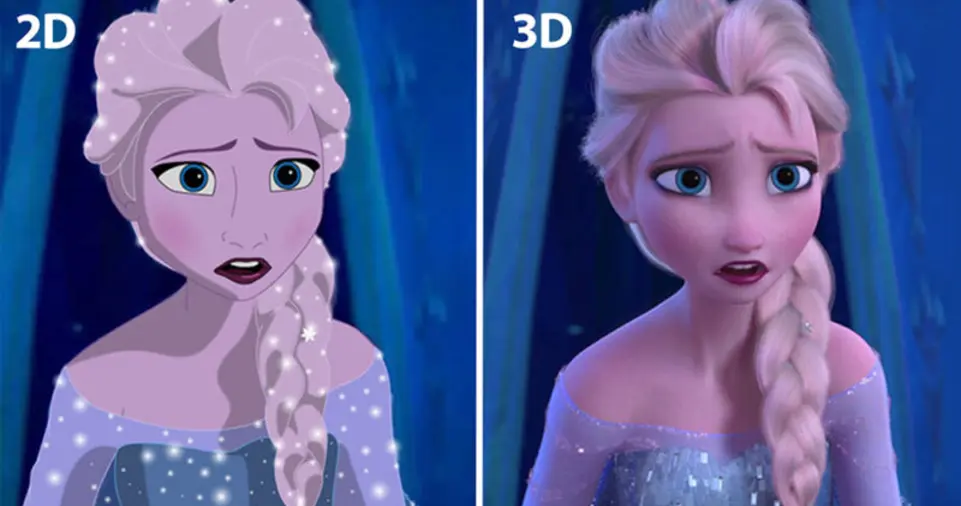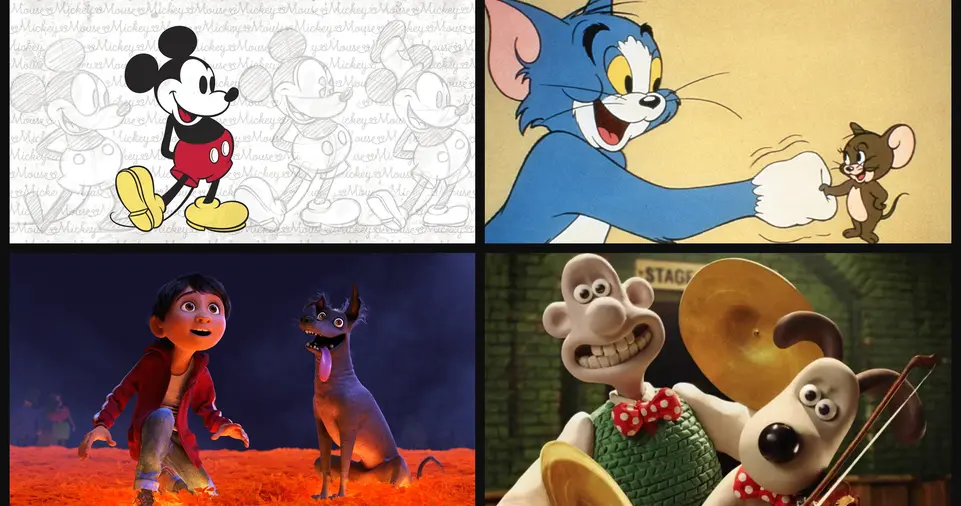Exploring the Different Types of Animation: 2D, 3D, Stop Motion, and More: Animation is one of the most dynamic and innovative forms of contemporary art. It excites, captivates, and pushes boundaries, carving out a unique subgenre of visual entertainment while transforming storytelling.
From traditional techniques to cutting-edge computer-generated imagery (CGI), animation has evolved into a versatile medium used across industries such as entertainment, marketing, gaming, education, and healthcare.
This comprehensive guide dives deep into the world of animation, exploring its types, applications, and tips on choosing the right style for your projects.
What Is Animation?
Animation is a technique that creates the illusion of motion by rapidly displaying a sequence of images, drawings, or objects.
The human brain processes these successive images as continuous motion, producing animated sequences.
In the early days, animation relied on hand-drawn illustrations or paintings photographed frame by frame.
Over time, CGI and other digital technologies have revolutionized the animation process, making it faster and more flexible while opening doors to new creative possibilities.
ALSO READ: What is Animation? A Simple Introduction to the World of Animation
Types of Animation

Animation techniques vary widely, each offering unique aesthetics, benefits, and applications.
Here’s an exploration of the six main types of animation, along with their characteristics, examples, and best use cases.
3D Animation
What is 3D Animation?
Three-dimensional (3D) animation involves creating characters and objects in a simulated three-dimensional environment.
These are digitally modeled, rigged, and animated using software like Blender, Maya, or 3DS Max.
Features and Advantages:
- Realistic textures, lighting, and movements.
- Ideal for creating lifelike scenes and intricate visual effects.
- Used extensively in feature films, video games, and simulations.
Where to Use 3D Animation:
- Entertainment: Films like Frozen, Shrek, and Toy Story.
- Gaming: Immersive game trailers and character design.
- Education and Training: Medical simulations and scientific visualizations.
Popular Examples:
- The Incredibles
- Avatar
- Rise of the Planet of the Apes (motion capture integration)
2D Animation
What is 2D Animation?
2D animation creates movement in a flat, two-dimensional space. It can be achieved through traditional hand-drawn methods or modern digital tools like Adobe Animate and Toon Boom Harmony.
Features and Advantages:
- Lower production costs compared to 3D.
- Faster to produce, making it ideal for short-term projects.
- Simplified designs allow quick alterations.
Where to Use 2D Animation:
- Entertainment: Cartoons like The Simpsons and anime like Pokémon.
- Marketing: Explainer videos and social media campaigns.
- Video Games: Classic games like Super Mario.
Popular Examples:
- Mickey Mouse
- Rick and Morty
- The Lion King (traditional 2D style)
Stop Motion Animation
What is Stop Motion Animation?
Stop motion animation brings physical objects to life by photographing them frame by frame. Objects are moved incrementally between shots to simulate motion.
Features and Advantages:
- A tactile, hands-on approach to animation.
- Unique visual style with a handcrafted aesthetic.
- Versatility with materials like clay, puppets, and Lego.
Where to Use Stop Motion Animation:
- Entertainment: Films like Coraline and The Nightmare Before Christmas.
- Advertising: Visually creative commercials.
- Artistic Projects: Short films and experimental animations.
Popular Examples:
- Wallace & Gromit
- King Kong
- Skeleton army scenes in Jason and the Argonauts.
Traditional Animation
What is Traditional Animation?
Also known as cel animation, this classic technique involves drawing images on transparent acetate sheets called cels, which are then photographed over painted backgrounds.
Features and Advantages:
- Rich, handcrafted aesthetic.
- Labor-intensive but highly expressive.
- Historically significant in the evolution of animation.
Where to Use Traditional Animation:
- Film: Classic Disney movies like Snow White.
- Art Projects: Stylized narratives.
Popular Examples:
- Tom and Jerry
- Pinocchio
- Spirited Away
Motion Graphics
What are Motion Graphics?
Motion graphics focus on animating graphic elements such as text, logos, or abstract shapes, often combined with audio for storytelling.
Features and Advantages:
- Effective for branding and informational content.
- Can easily incorporate audio and cinematography.
Where to Use Motion Graphics:
- Marketing: Commercials and corporate presentations.
- Media: Movie titles and TV branding.
- Education: Animated data visualizations.
Popular Examples:
- Title sequences in Skyfall and Catch Me If You Can.
- TV branding for channels like HBO.
Motion Capture (Mocap)
What is Motion Capture?
Motion capture involves recording real-world movements and applying them to digital characters. Sensors track a performer’s movements, translating them into animation.
Features and Advantages:
- Incredibly lifelike motion.
- Used extensively in films, gaming, and VR applications.
Where to Use Motion Capture:
- Entertainment: Gollum in The Lord of the Rings.
- Gaming: Realistic character movements.
- Healthcare and Biomechanics: Studying human motion.
Popular Examples:
- Na’vi in Avatar.
- Caesar in Rise of the Planet of the Apes.
How to Choose the Right Animation Style

Selecting the ideal animation type depends on factors such as your project goals, audience, and resources.
Consider These Factors:
- Purpose:
- For storytelling, 2D or traditional animation might be best.
- For detailed visualizations, consider 3D or motion capture.
- Audience:
- Younger audiences may prefer colorful 2D or stop motion.
- Professional audiences may appreciate polished motion graphics.
- Budget and Timeline:
- Motion graphics and 2D are budget-friendly options for quick projects.
- 3D and motion capture require more time and financial investment.
Comparison Table
| Animation Type | Key Features | Popular Uses | Examples |
|---|---|---|---|
| 3D Animation | Realistic, visually stunning | Movies, games, simulations | Toy Story, Frozen |
| 2D Animation | Cost-effective, versatile | Cartoons, ads, explainer videos | The Simpsons, Mickey Mouse |
| Stop Motion Animation | Tactile, handcrafted appeal | Artistic films, commercials | Coraline, Wallace & Gromit |
| Traditional Animation | Hand-drawn, expressive | Classic films, niche projects | Tom and Jerry, Spirited Away |
| Motion Graphics | Informative, brand-focused | Corporate videos, data visualizations | Skyfall title sequence |
| Motion Capture | Lifelike character movements | Film, VR, biomechanics | Avatar, The Lord of the Rings |
ALSO READ: The Power of Animation in Communication: Why It Works
Final Words
Animation, in all its forms, continues to push the boundaries of art and technology.
From traditional cel animation to cutting-edge motion capture, it empowers creators to craft immersive worlds and compelling narratives.
Whether you’re a filmmaker, marketer, or educator, understanding the diverse types of animation can help you select the right medium to bring your ideas to life.
The possibilities in animation are as limitless as your imagination—embrace its power to inform, entertain, and inspire.

